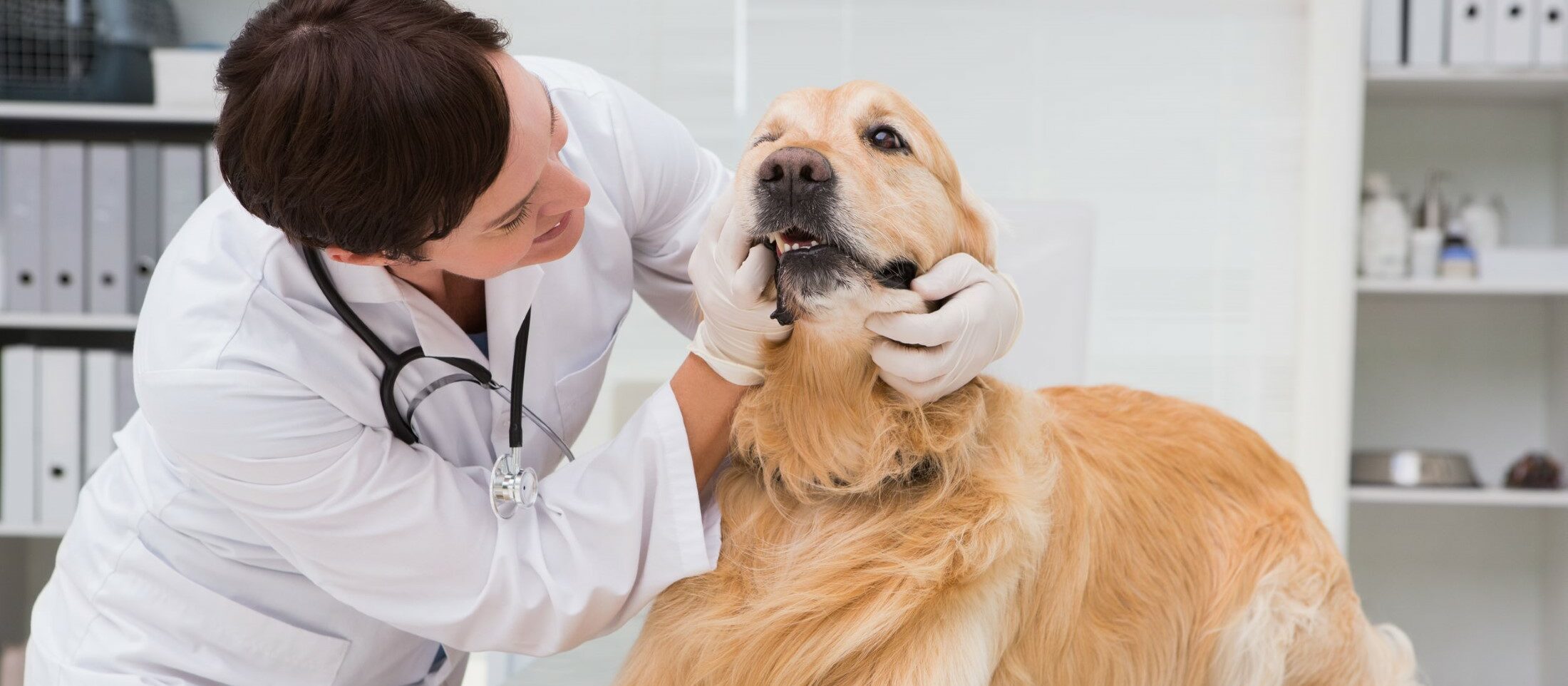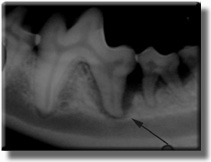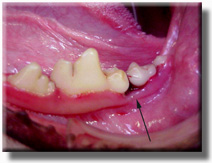
Pet Periodontal Therapy
Is your beloved pet showing signs of periodontal disease? At Animal Dental Care & Oral Surgery, we understand the importance of maintaining your pet’s oral health. Periodontal disease poses a significant threat to the supporting structures of the tooth, such as the bone and periodontal ligament, leading to bone loss. It is the most prevalent cause of dental issues in mature dogs and cats, affecting a majority of pets aged five years and older.
Our Commitment to Your Pet’s Well-being:
At Animal Dental Care & Oral Surgery, we specialize in the treatment and prevention of periodontal disease. Our team of experts employs comprehensive, anesthetized dental procedures, including scaling, polishing, root planing, gingival surgery, and guided tissue regeneration. These advanced techniques ensure thorough and effective care for your pet’s dental health.
Take the first step toward ensuring your pet’s dental well-being. Contact us today to schedule an appointment or inquire about our services. Trust Animal Dental Care & Oral Surgery for compassionate and professional care for your pet’s oral health.
Periodontal Disease Diagnosis & Treatment
Gingival Hyperplasia
Hidden Dental Disease Likely Lurks Below Your Pet’s Gumline
In the realm of comprehensive periodontal care, the utilization of dental radiographs stands as an indispensable tool. This advanced imaging technology plays a pivotal role in guiding accurate diagnoses and formulating tailored treatment plans to address various dental conditions.
Without the use of these detailed X-ray images, subtle yet potentially painful issues may go unnoticed, hindering the prompt detection and management of oral health concerns.


